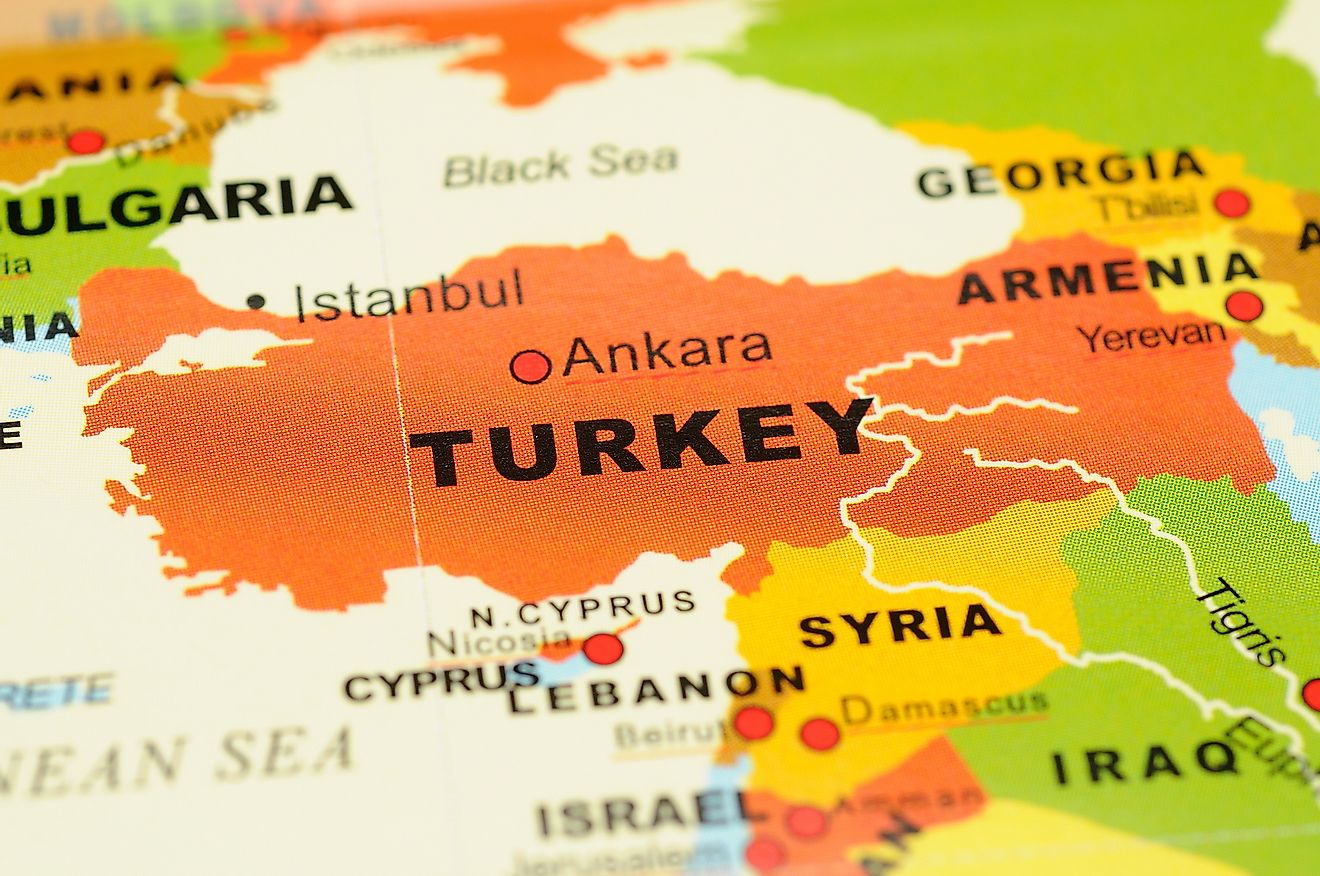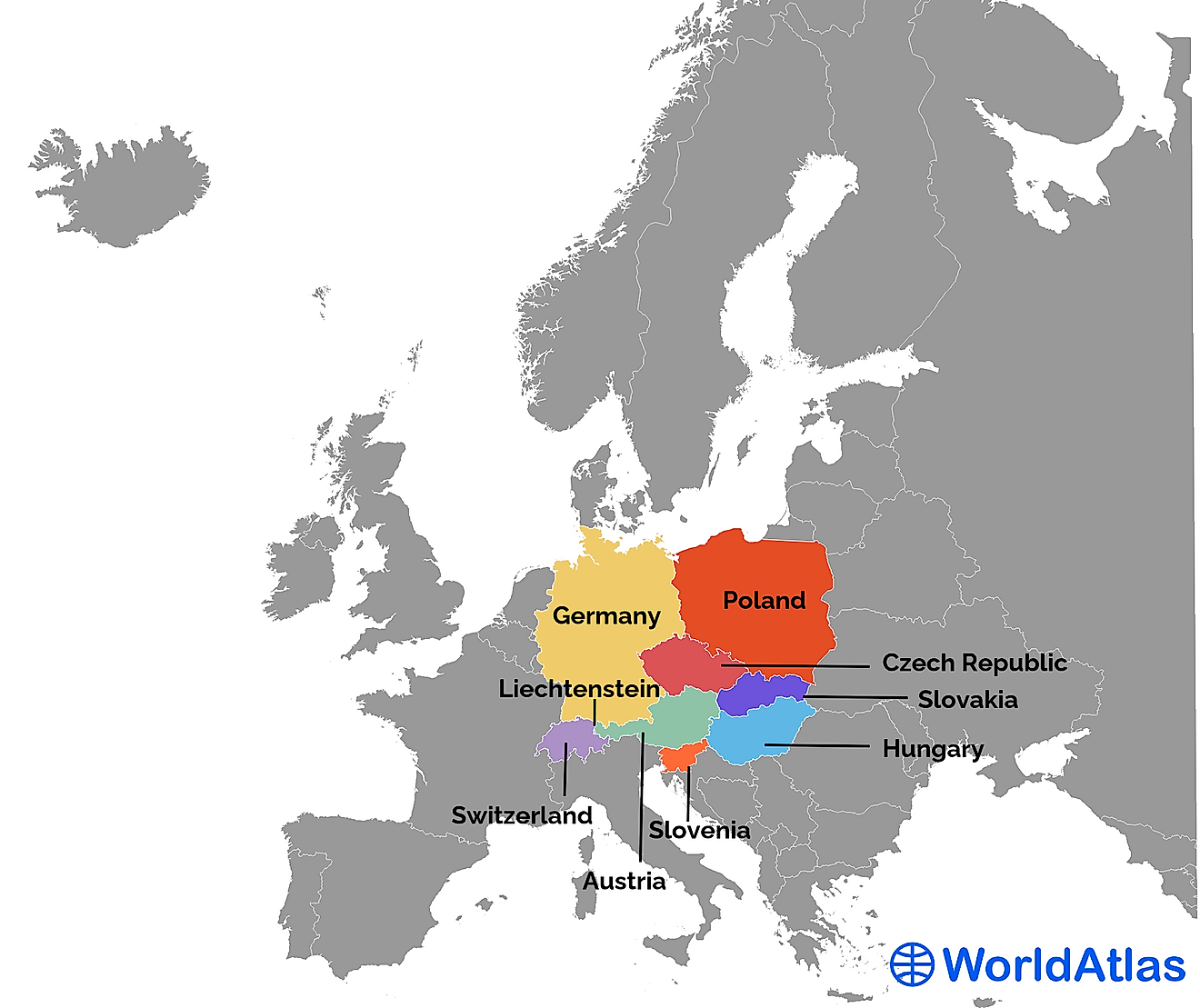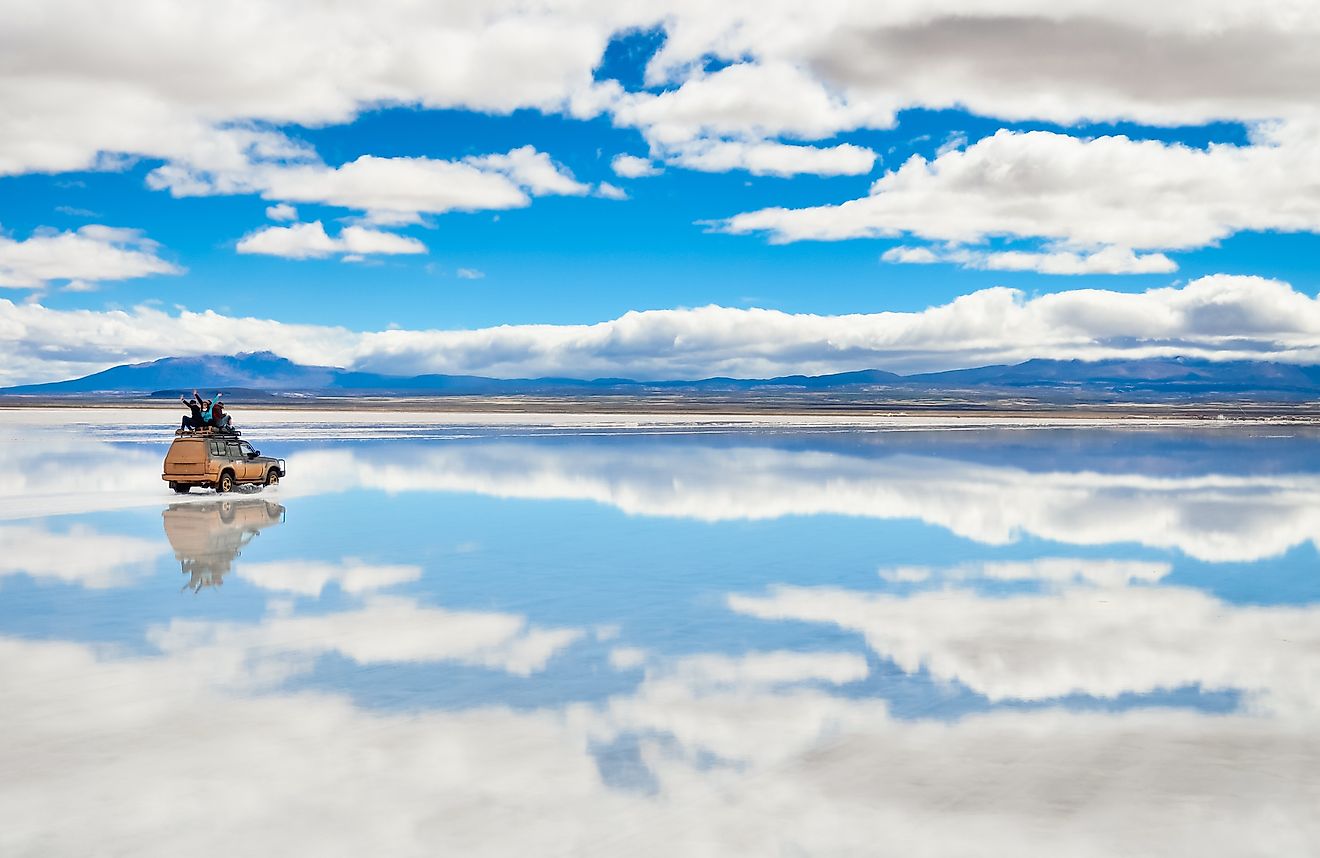How Is Population Distributed Across The United States?

- The South is the most populated area in the US, followed by the West, the Midwest, and the North East.
- The South is the fastest growing area in the US in terms of population, while the Northeast is shrinking slightly.
- The US was once inhabited by up to 60 million Indigenous peoples from different tribes.
The US is home to many, many people coming from all walks of life. Amazingly, there are currently about 331.2 million people living in the country, making it the third most populated in the world following China and India. Each year, millions of people are born on US soil, millions die, and scores immigrate to call the place home.
Here are some other fast facts: in 2018 alone, 3,791,712 babies were born in the US, resulting in a birth rate of about 59 births for every 1,000 women between the ages of 15 and 44. During the previous year, 2,813,503 souls died in the country and according to the UN, 51 million people immigrated to American soil in 2019.
How the population is now distributed in the country depends on many factors. Where people choose to live depends on which part of the country they were born in, where they went to school, and where jobs are located to match their skills. In some parts of the world, more people live in the countryside than in cities. In the US, the opposite is true, however. More people live in cities and urban settings than in rural places. This is also true in Europe, Australia, New Zealand, South Korea, Japan, and parts of South America.

How the Population First Spread Across the US
Historically, European settlers coming to what would become the US came to places like California, first. The Spanish were the first Europeans to settle the New World. Juan Rodriguez Cabrillo and his men arrived in San Diego Bay in October of 1542, and Spanish settlers began living in places like Florida, Colorado, and New Mexico throughout the 1500s and 1600s. It was not until 1607 that Jamestown, Virginia became the first British colony in the Americas. From that point on, European populations spread westward, distributing from right to left across the land. This took some time to accomplish and involved conflict, wars, and strife.
Before Europeans came to conquer the Americas, Indigenous peoples from many tribes inhabited the land. Some of these groups still exist today, but many no longer live where their ancestors once did. These peoples were pushed out by Europeans who fought them for their land, relegating them to live on reservations of land that were often far from their original territories.
Historians estimate there were about 112 million people populating Indigenous groups in the Americans before Columbus arrived in 1492. Today, there are about 574 federally recognizes Indigenous tribes in the US, the largest of which are the Navajo, Cherokee, and Sioux peoples.
US Population Distribution in 2019
There are various ways to divide the mainland US into sections or regions. One common method is into four sections: the northeast, midwest, south, and west. Further subsections exist in some of these regions, but we will look at just these four main areas as larger pieces.
According to Statista.com, the population was distributed as follows in the US in 2019.

Northeast 17.1%
The Northeastern US comprises the states of Connecticut, Maine, Massachusetts, Maryland, New Hampshire, New Jersey, New York, Pennsylvania, Rhode Island, and Vermont. White people form about 65% of the population, followed by Hispanics (15%), Blacks (11%), Asians (7%), and people who are more than one race (2%). The biggest cities in the Northeast include New York City, Boston, Philadelphia, Baltimore, and the nation’s capital, Washington DC. Most people in this area of the country are Christians (65%), followed by a good chunk that is not religious (25%), and finally those who follow other religions such as Judaism, Islam, Buddhism, and Hinduism (collectively 10%).

Midwest 20.8%
The midwest is known for its farms, apple pie, cowboy hats, small towns, and big feelings. This area of the US is home to much of the country’s manufacturing, as well as its farms. North Dakota, South Dakota, Nebraska, Kansas, Minnesota, Iowa, Missouri, Wisconsin, Illinois, Indiana, Michigan, and Ohio are all states that comprise this region, and some of its big cities include Chicago, Indianapolis, Detroit, Milwaukee, Kansas City, and Omaha.
In terms of race, white people form the majority in the midwest at 75% of the population, followed by Blacks (10%), Hispanics (8%), Asian (3%), and those who are of more than two races (2%).
Most people in the Midwest are Christians (73%). This is followed by those who don’t identify with any religion (22%), and those who follow non-Christian faiths (4%). High winds are famous in this area of the country, leading to destructive storms and the inspiration for stories like The Wizard of Oz.

South 38.3%
The US federal government defines the South as including Alabama, Arkansas, Delaware, the District of Columbia, Florida, Georgia, Kentucky, Louisiana, Maryland, Mississippi, North Carolina, Oklahoma, South Carolina, Tennessee, Texas, Virginia, and West Virginia. Some people divide the US south further into the Southeast and Southwest but we will stick to “the South” in general terms.
The south has a complicated history wrapped up in slavery, as with other parts of the US. It has also been a large hub for culture. The American south is rich in musical traditions and unique food that draws people to it, to this day. About 60% of the people living in the south are white, followed by Hispanics (18%), Blacks (13%), Asians (6%), Indigenous peoples (1%), and people who are of two or more races (2%).
Most people living in the south describe themselves as Christian (76%), followed by those who are non-religious (19%), and those who follow non-Christian faiths (4%).
In recent years, the south has become a major economic center for the US. In 2014, it generated about 35% of the US economy. While no one state is a super-earner like California is, collectively the South plays a major role in producing the country’s GDP. Tourism, agriculture, international trade, and financial services are some of the important industries in the south.

West 23.9%
Fruit, beaches, and stars? The West makes many people think of California’s famous movies and sunshine. Technically, the west consists of Montana, Idaho, Colorado, New Mexico, Wyoming, Nevada, Utah, Arizona, California, Oregon, Washington, Hawaii, and Alaska. About 52% of the population in the west is White, followed by Hispanics (28%), Asians (9%), Black (4%), and people of mixed descent (2%). Some of the major industries include agriculture, oil and gas, construction, technology, and entertainment.
The Future
Populations are always changing and population growth has slowed in the US in recent years. Some areas are increasing their population, however. States that have grown the most include North Carolina, Florida, Colorado, Washington, South Carolina, Texas, Utah, Arizona, Nevada and Idaho. The South is said to be growing the fastest, followed by the West. The population in the Northeast is in a slight decline.
Immigration and rising birth rates can counteract this, but the future remains untold, which is part of the charm of the ever-changing face of the United States.











